After a dozen years that included a successful tunneling feat and an unusual arrangement for station work, a 1.7-mile, $1.9-billion extension of San Francisco’s Central Subway wrapped up this month.
The San Francisco Municipal Transportation Agency (SFMTA) began planning for the overall system in the late 1980s to provide more transit on 3rd Street and in Chinatown. After six years of construction, the first 5-mile phase, called the Third Street Light Rail Project, opened in 2007. In 2013, work began to add the Central Subway’s 1.7 miles, with new stations in SoMa, Union Square and Chinatown. Tunnels over a mile long run as deep as 120 ft under the streets.
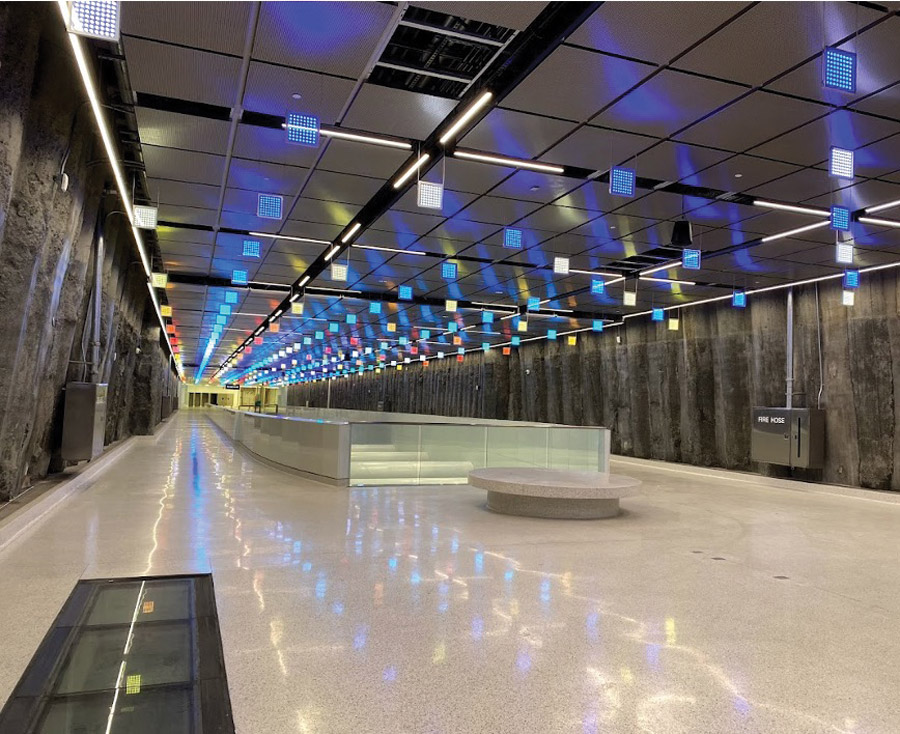
Exposed inclined piles along the walls became architectural elements at one of the Central Subway’s stations.
Photo courtesy of WSP
The Federal Transit Administration’s New Starts program provided $948.4 million, with an additional $41 million in federal funds as part of the U.S. Dept. of Transportation’s Congestion Mitigation and Air Quality Improvement Program.
Two initial contracts for utility relocations were “extensive,” recalls Matt Fowler, technical principal for geotechnical and tunneling at WSP, which led the design team with Telamon Engineering Consultants. “Especially at Union Square, where we had 65 feet of right of way.” All utilities were relocated into a shared utility vault under the sidewalks. Inclined piles as long as 120 ft were then drilled adjacent to the trenches that were created, Fowler adds.
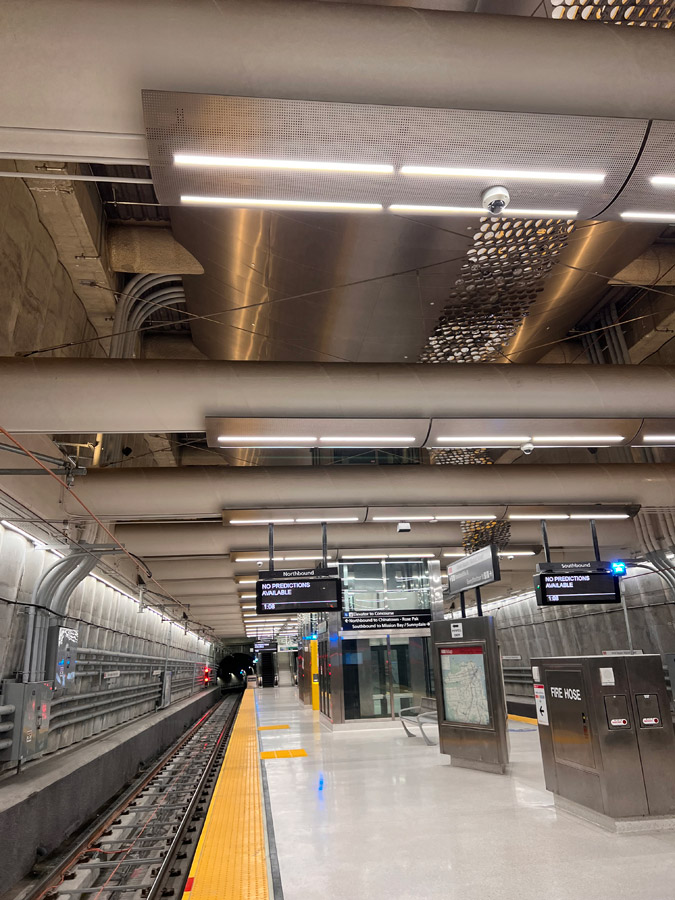
New San Francisco subway stations are now in operation.
Photo courtesy of WSP
Tunnel construction began in 2011 after a joint venture of Barnard and Impregilo Healy won the $234-million contract. Fowler recalls that there were seven bidders. “There were gasps—the prices were so close.”
Completed in 2015, on time and on budget, the tunneling job required managing 450-ft radius curves, meeting stringent alignment tolerances and crossing 12 ft below active Bay Area Rapid Transit tunnels without service disruption. Five cross passages were built, along with a launch box under Fourth Street, a retrieval shaft and station headwalls.
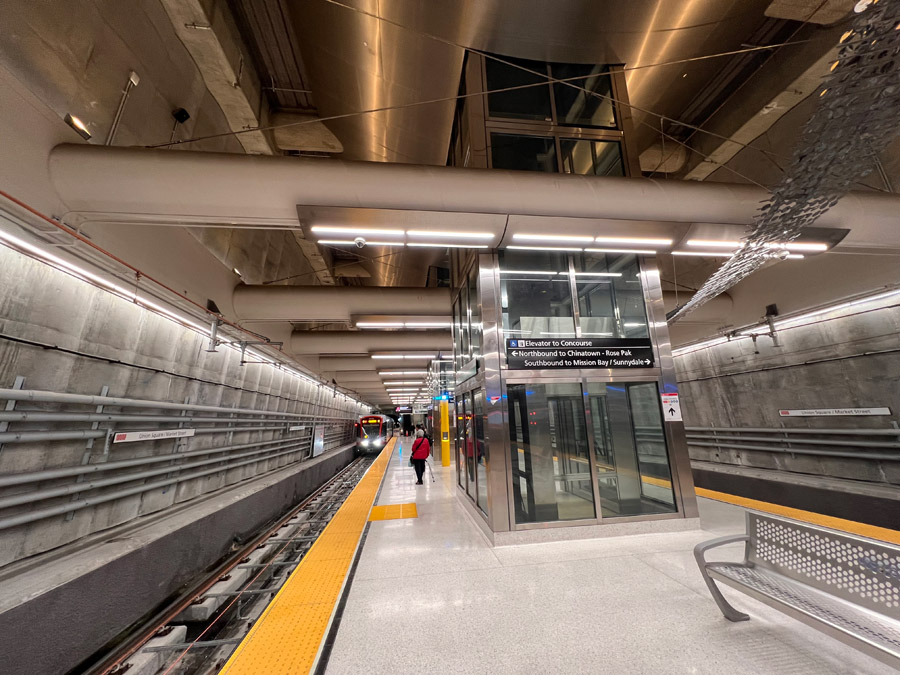
New San Francisco subway stations are now in operation.
Photo courtesy of WSP
“We did a fundamental redesign early on to lay ground for the tunnel boring machines,” recalls Fowler. The SFMTA promised the Chinatown community that it would use mining, not open-cut construction, for the station there. The design for the 450-ft x 50-ft launch box also changed from reinforced slurry wall panels to soldier pile tremie concrete walls.
The twin earth-pressure-balance tunnel-boring machines, dubbed Mom Chung and Big Alma, were each 350 ft long and 750 tons with 20.5-ft dia. The contractor proposed increasing the precast concrete tunneling segments to 5 ft from 4 ft, reducing the amount of production rings to 3,500 from 4,200 and saving 20 days. At the end, $40 million in contingency was left over.
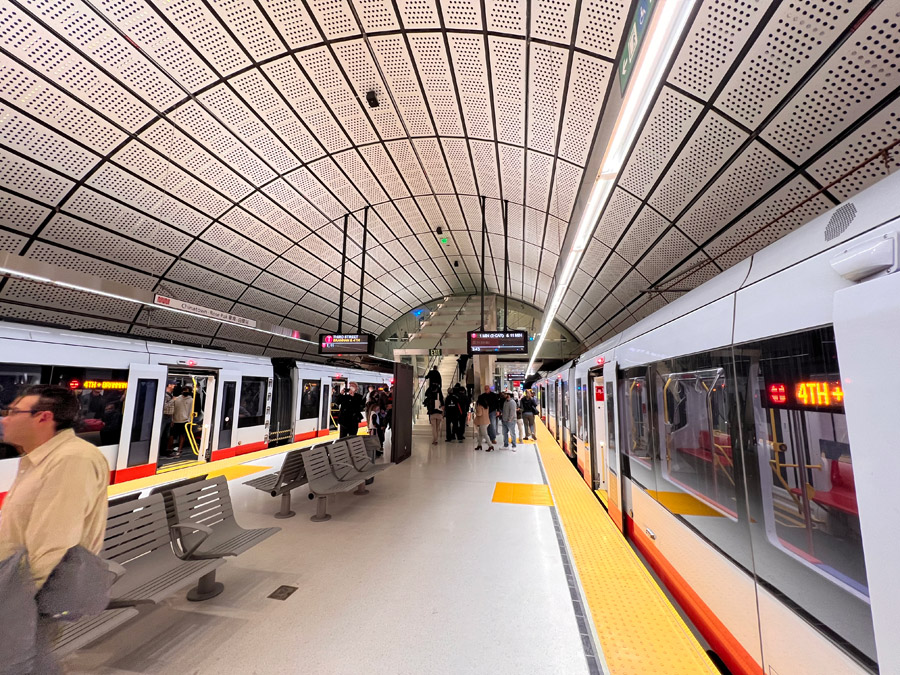
New San Francisco subway stations are now in operation.
Photo courtesy of WSP
Station Savvy
Initially, the three stations were packaged as one project. “Bids were so high that we had to break it up” into separate contracts, says Nadeem Tahir, SFMTA program manager.
Each station has its own set of designers for architecture, structural, mechanical and electrical, note Zylah Doria, WSP assistant vice president, with many firms working together on various aspects.
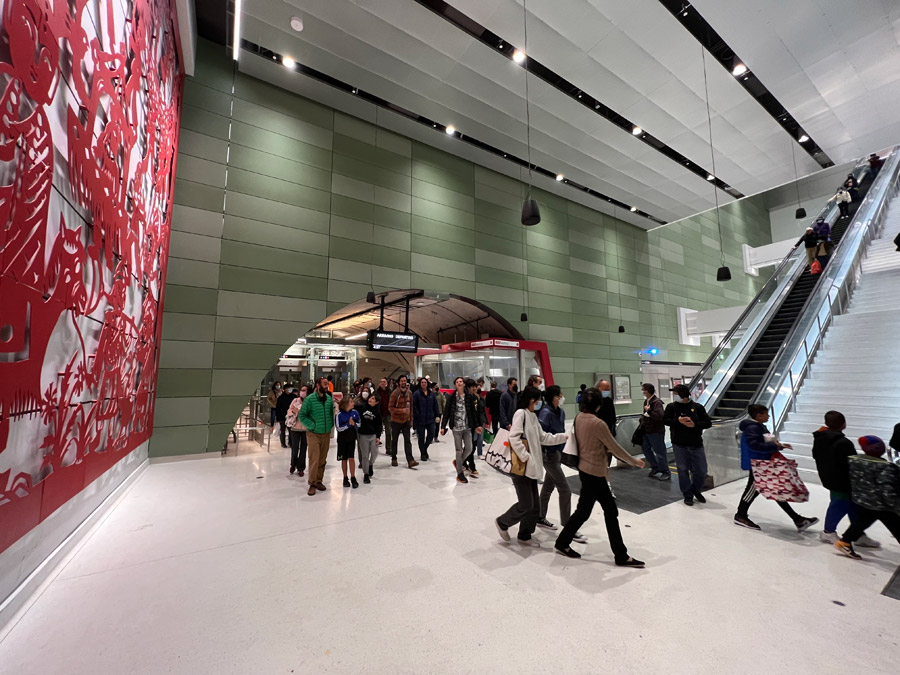
New San Francisco subway stations are now in operation.
Photo courtesy of WSP
“Two percent of the budget was set aside for arts initiatives; there are three to four art pieces per station,” Doria says. Fowler adds that each design is “tailor-made for their neighborhood.” For example, at the Union Square/Market Street station, architect Robin Chiang & Co. highlighted the exposed inclined tangent piles, juxtaposing them with white terrazzo, stainless steel and glass, says Doria. At the Chinatown station, various murals depict the neighborhood’s history.
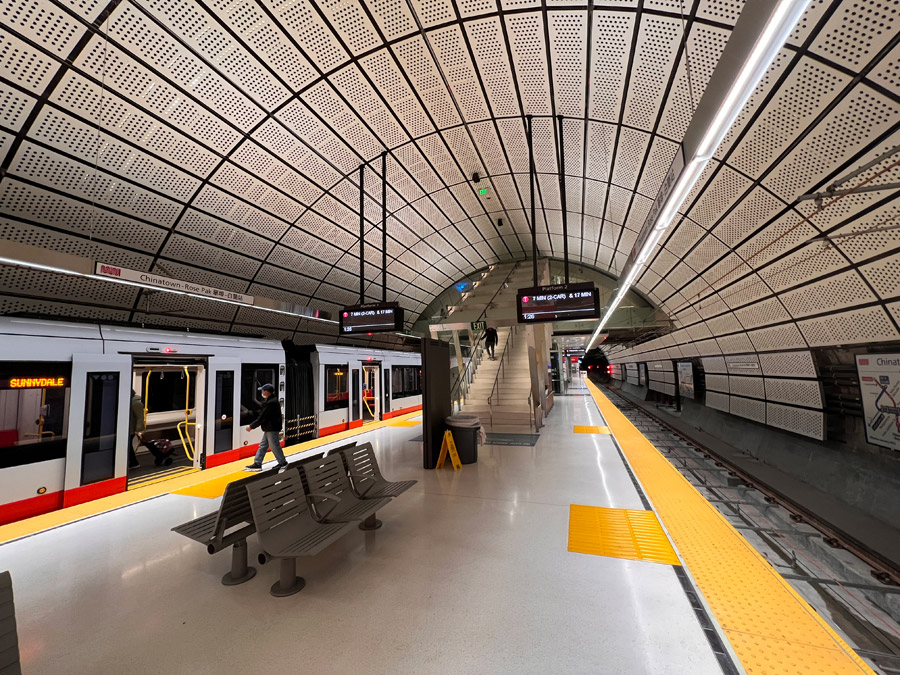
New San Francisco subway stations are now in operation.
Photo courtesy of WSP
Tutor Perini’s $840-million contract to build the station and trackwork is wrapping up after over two years of delays and cost increases of about $300 million. Tahir says that 10% is due to scope changes and “the rest involved making the updates required over 10 years, as things change.” For example, the fire alarm system designed at the beginning of the project became obsolete, he says. SFMTA is now negotiating claims related to the pandemic. Otherwise, “we’ve buttoned everything up.”



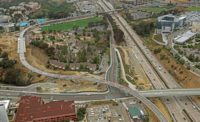

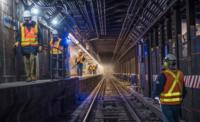
Post a comment to this article
Report Abusive Comment